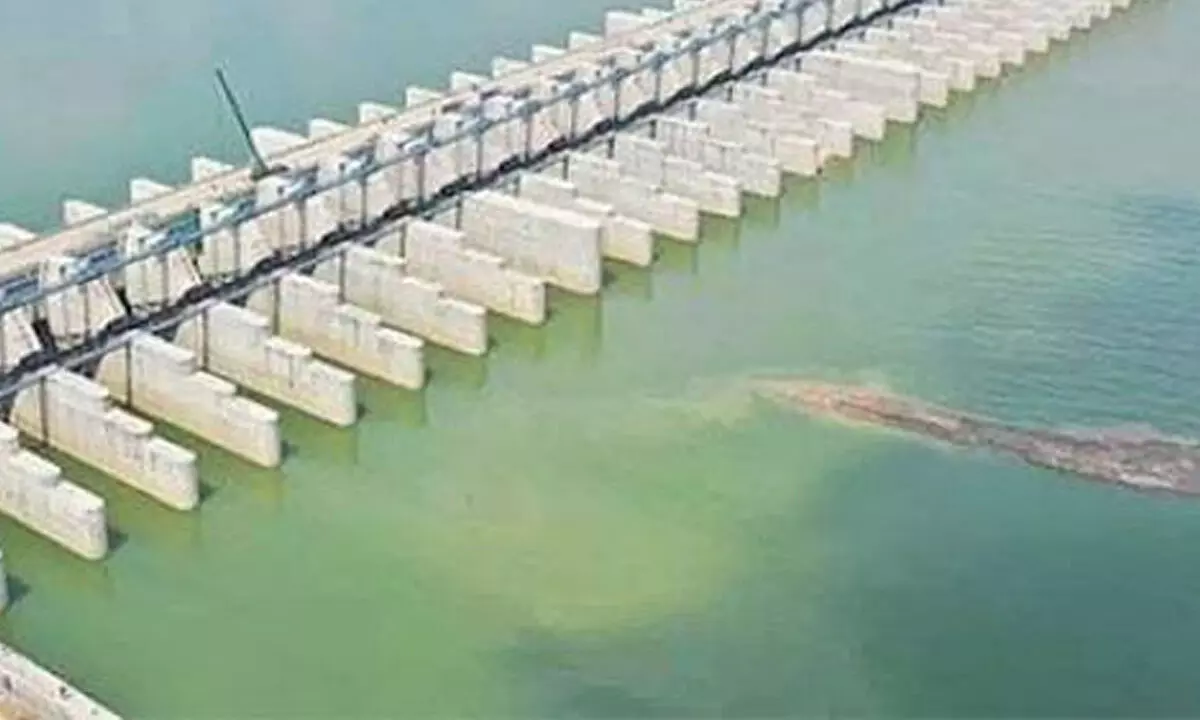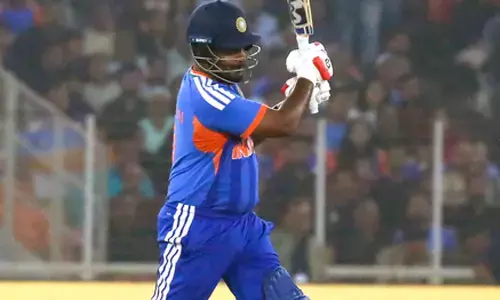Experts moot tech committee before judicial probe into Kaleshwaram

Several experts have urged the State government to verify technicalities to study in detail flaws in investigation, design and execution, including operation and maintenance, of the Kaleshwaram project before ordering a judicial probe.
Hyderabad: Several experts have urged the State government to verify technicalities to study in detail flaws in investigation, design and execution, including operation and maintenance, of the Kaleshwaram project before ordering a judicial probe.
The experts in field for many years have suggested to the government to form a technical committee and direct it to study in detail the flaws in the investigation. The experts who wished not to be quoted said the committee may go into details of the project right from the re-designing stage of the Pranahita-Chevella project (earlier designed for the same purpose) and its necessity, the investigation and design, execution, quality control, O&M, and reasons for failures identified at the Medigadda barrage.
They stated that the Godavari was a major inter-State river and any project proposed on it would affect the inter-State water allocations. As such, involvement of the CWC and the central institutions is mandatory. Obtaining hydrological clearance from the CWC is a must before taking up these projects. Even though the area has very deep sand bed (about 60m) no proper studies and precautions were taken up. Polavaram is a major irrigation project with a dam storage capacity of 194.6 tmcft, whereas the Kaleshwaram barrages (three nos) were just diversion structures with a max cap of 16 tmcft. However, having 16 tmcft is also undesirable for a barrage, experts opined.
As the capacity is very huge and very deep sand bed of about 60, the concept of design should have been a very detailed one, with design principles same as that for a dam. At Polavaram several tests were done for foundation analysis which were both mathematically and as well as model studies corroborated, where these studies were not considered.
Explaining technicalities involved in the construction of barrages, experts said barrages were designed mainly as diversion structures, but not a storage device. Detailed geotechnical investigations should be taken up to fully assess the foundations and other sub-soil properties. The mathematical model studies and relevant prototype model studies should be conducted; the results or coefficients be corroborated. During execution, the quality audit should be conducted for every quarter in a year. With regard to the hydrological design and analysis, the structure (barrage flood) should be designed for PMF (Probable Max. Flood discharge). All structures, including pump houses, should be designed taking into consideration of PMF and their flood levels.
Similarly, experts listed technicalities and procedures involved in pumps and motors. Pumps for any lift projects should be designed based on required quantum of water and lift head. These pumps and respective motors are generally designed by the manufacturer based on hydraulic particulars and supplied to the project. Different manufacturers have different design criteria for the pumps and motors. Under these circumstances, it is always preferable to call global tenders for this and award work.

















